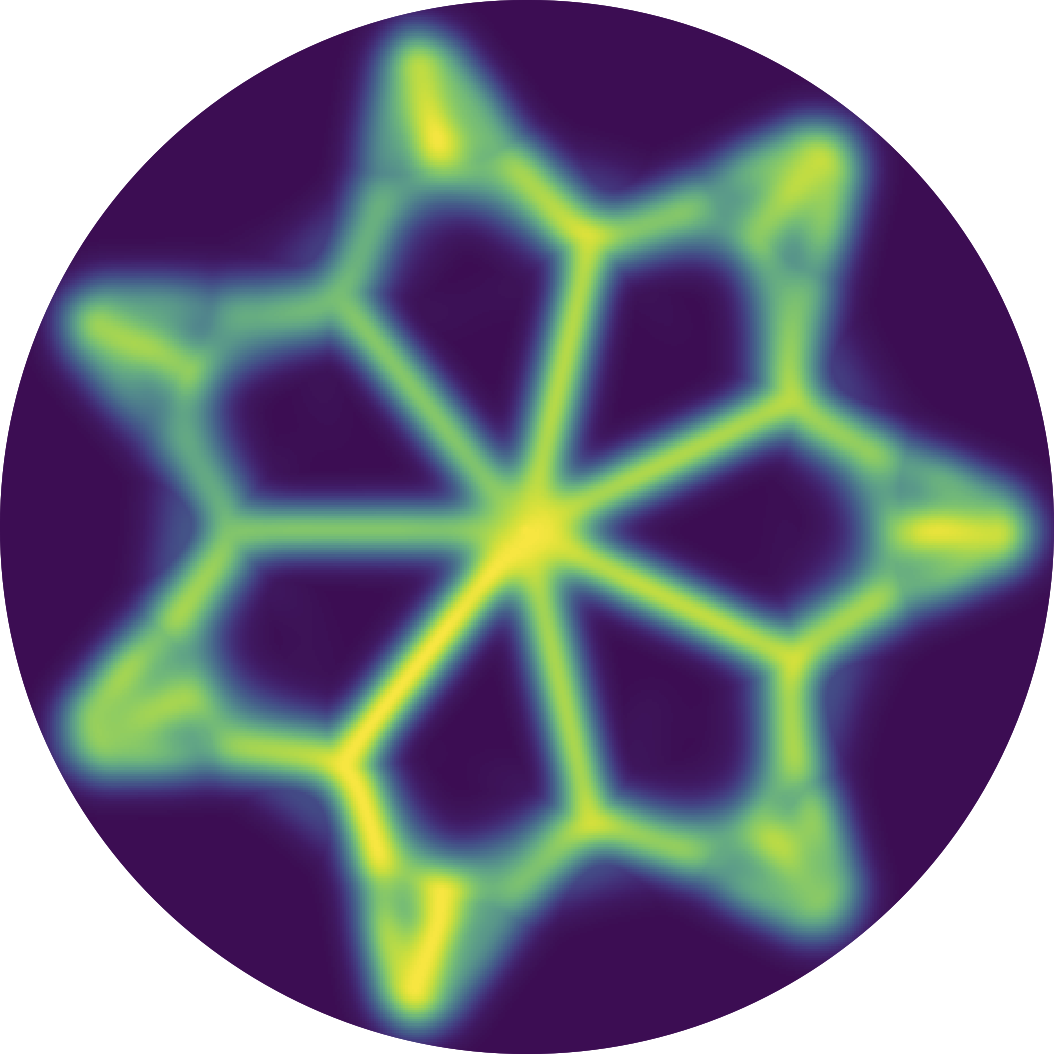Science Communication
Science communication goes beyond sharing results—it's about sparking curiosity and wonder in the natural world. Explore the stories and art-science collaborations that have resulted from our work.

MELA: A short film
MELA is a short documentary film about Project MELA (Mating Ecology of a Lek-breeding Antelope), an interdisciplinary research initiative supported by the Max Planck Institute of Animal Behavior and the Centre for the Advanced Study of Collective Behaviour at the University of Konstanz. Aimed at students and researchers, the film offers a behind-the-scenes look at how scientific knowledge is generated and shared—from formulating research questions to conducting fieldwork, combining state-of-the-art technology with traditional methods, engaging with local communities, and creating new avenues for communication by collaborating with artists.

How scientists are using AI to study blackbuck mating in the wild
In the grasslands of Tal Chhapar, Rajasthan, India, a herd of blackbucks, a species of antelopes, gather on the open ground under the scorching heat of the desert sun. Dark brown circles of varying sizes, made of dung, mark the ground. This is the territory marked by each male blackbuck on the mating ground called a lek. The male blackbucks swing their long winding horns back, stomp the ground and face off in short parallel walks. Those brave enough, clash their horns and engage in fierce fights kicking up dust around them. All this pomp and show is to win the hearts of the females watching from the periphery, in a unique mating ritual called lekking.

Dispatches from the field
Biomes, such as forests, marine environments, grasslands and deserts are large geographic areas characterised by certain types of plants, animals, and climatic conditions. They are defined by environmental factors such as temperature, precipitation, soil type, and vegetation and are home to species that are uniquely adapted to these conditions. In this edition of the exhibit »Dispatches from the field« scientist and artist Vivek Hari Sridhar focuses on the often neglected grasslands biomes, highlighting their crucial role in India’s ecosystem.

Living in the interstitium
The interstitium is a contiguous fluid-filled space that is part of our connective tissue, enclosing and connecting the blood vessels, nerve fibers, muscles, and various vital organs. Despite centuries of scientific inquiry into human anatomy, this organ – perhaps the largest in the human body – remained unknown up until recently. Vivek H. Sridhar, a postdoc scholar at the Max Planck Institute of Animal Behavior (MPI-AB) and fellow of the special residency program »Field Trip«, a collaboration between the art, science & business program of the Akademie Schloss Solitude and MPI-AB, was inspired by the interstitium as a connective entity. Based on this analogy, he invited artists from Akademie Schloss Solitude and fellow scientists from the Department for the Ecology of Animal Societies from MPI-AB in Konstanz for a panel discussion on working in the interstices of different disciplines.

Umwelt
Out of the heat and into the cool of a laboratory where sound and science are combined in new ways. The KULA Club in Konstanz became a test tube for musical experimentation for one evening. In »Umwelt«, artists from Germany and India explored biophony, the sounds in nature collected as data by researchers of the Max Planck Institute of Animal Behavior in a remix of improvised, experimental music. The music experiment was accompanied by an exhibition that combined science, technology and art, followed by DJ sets and a party.
